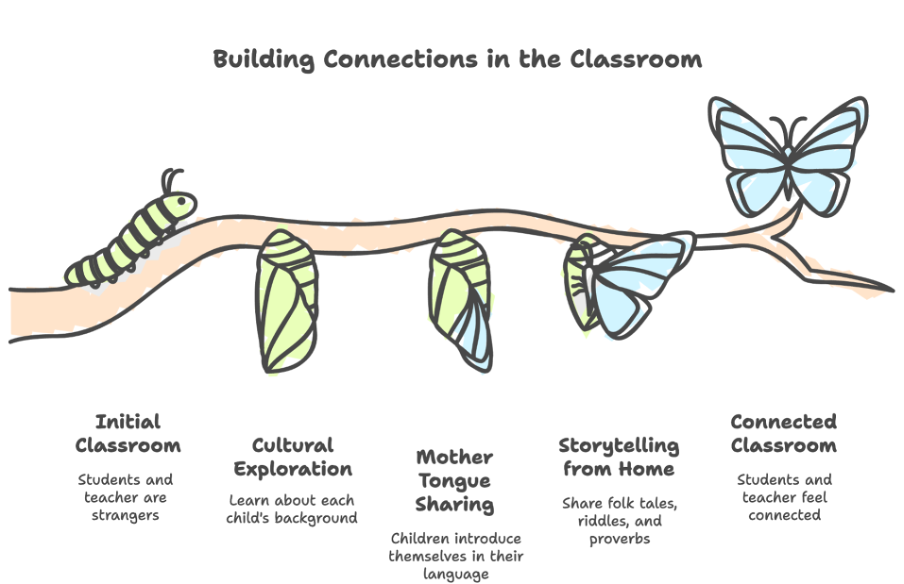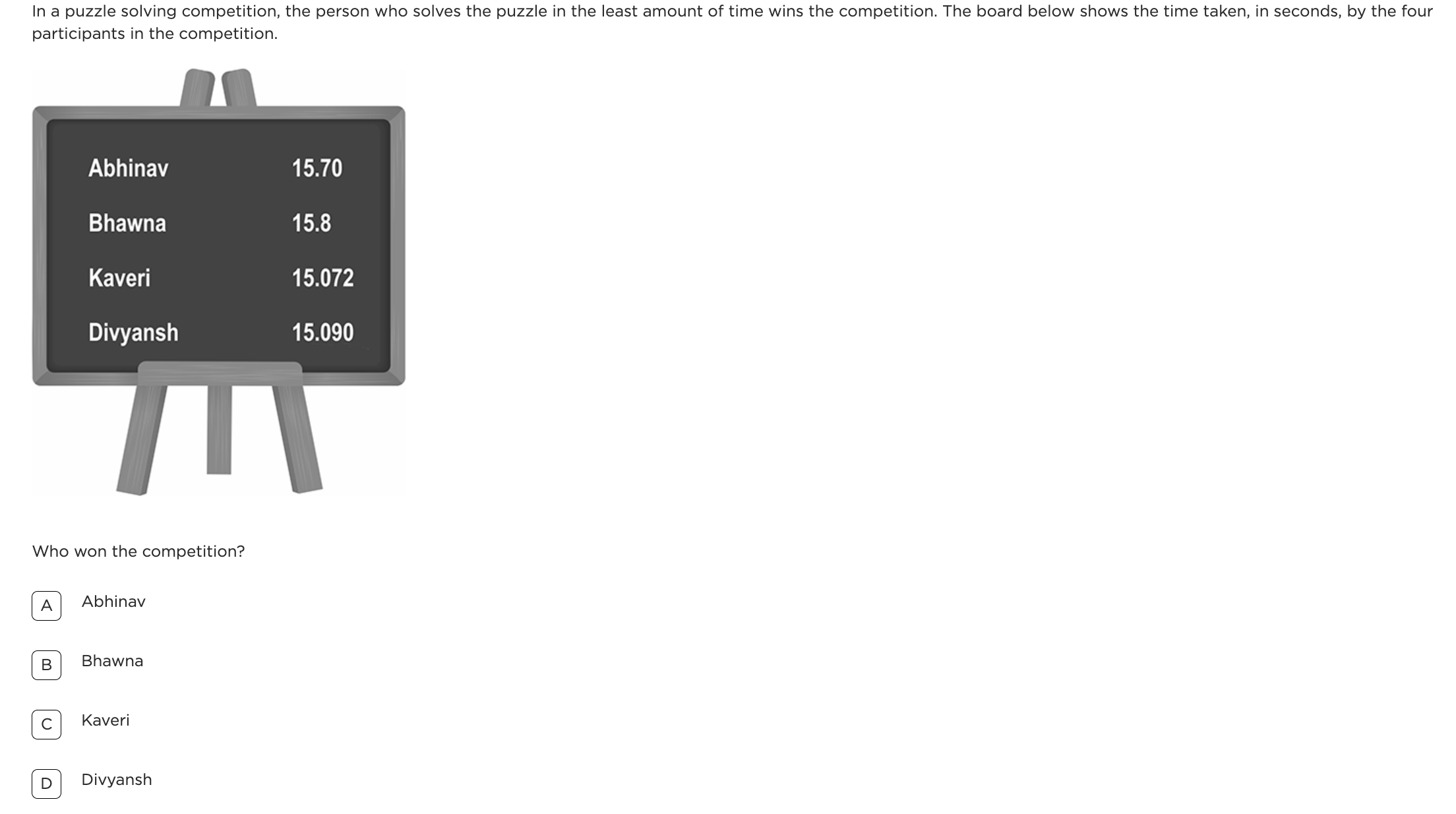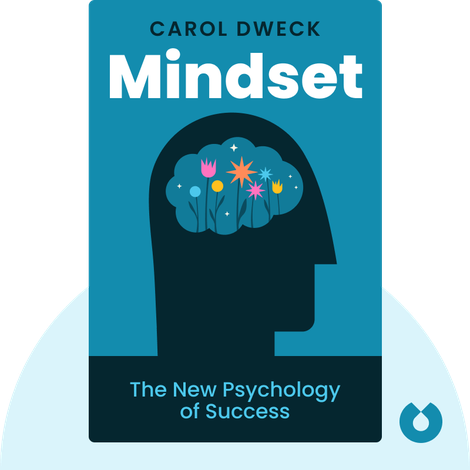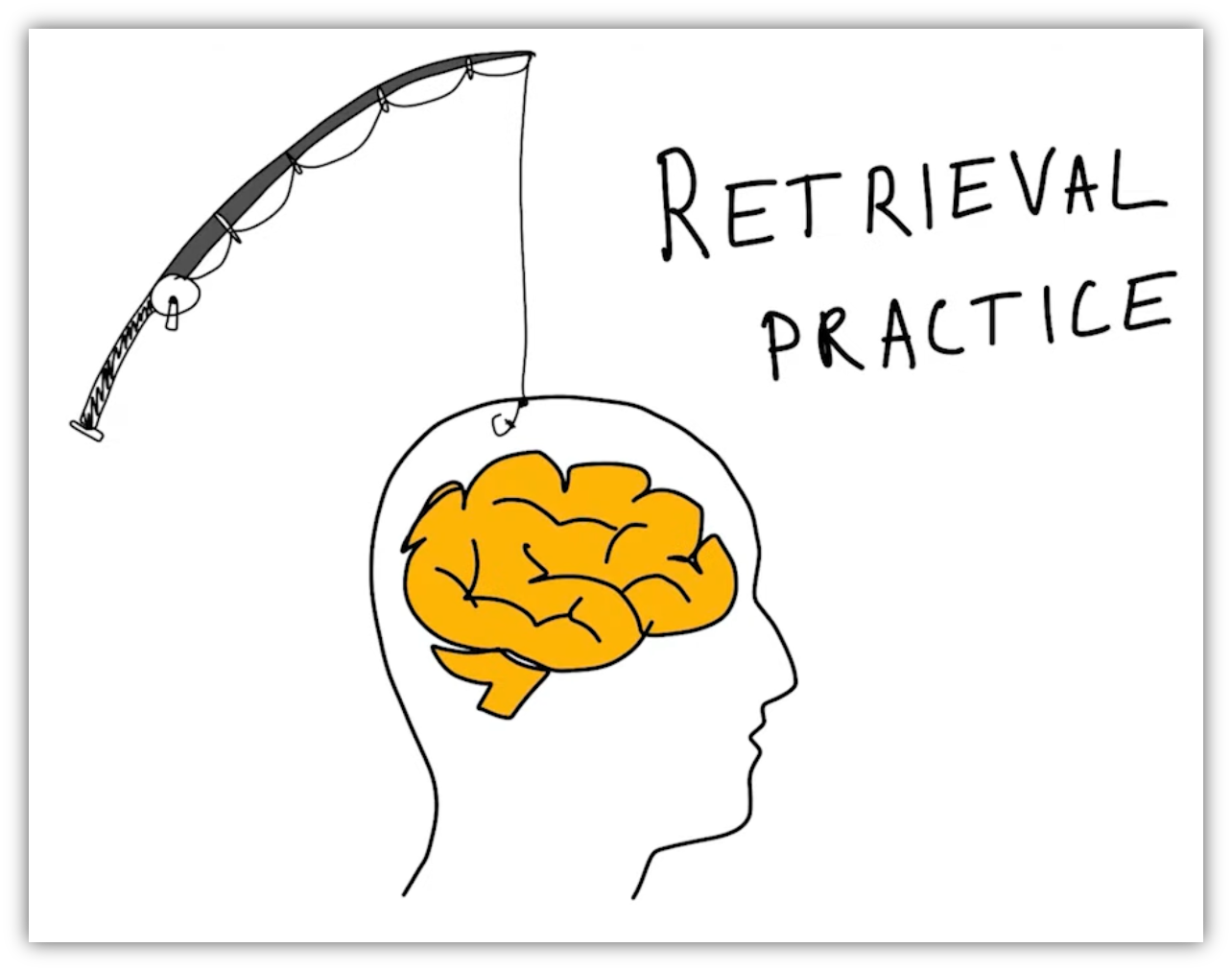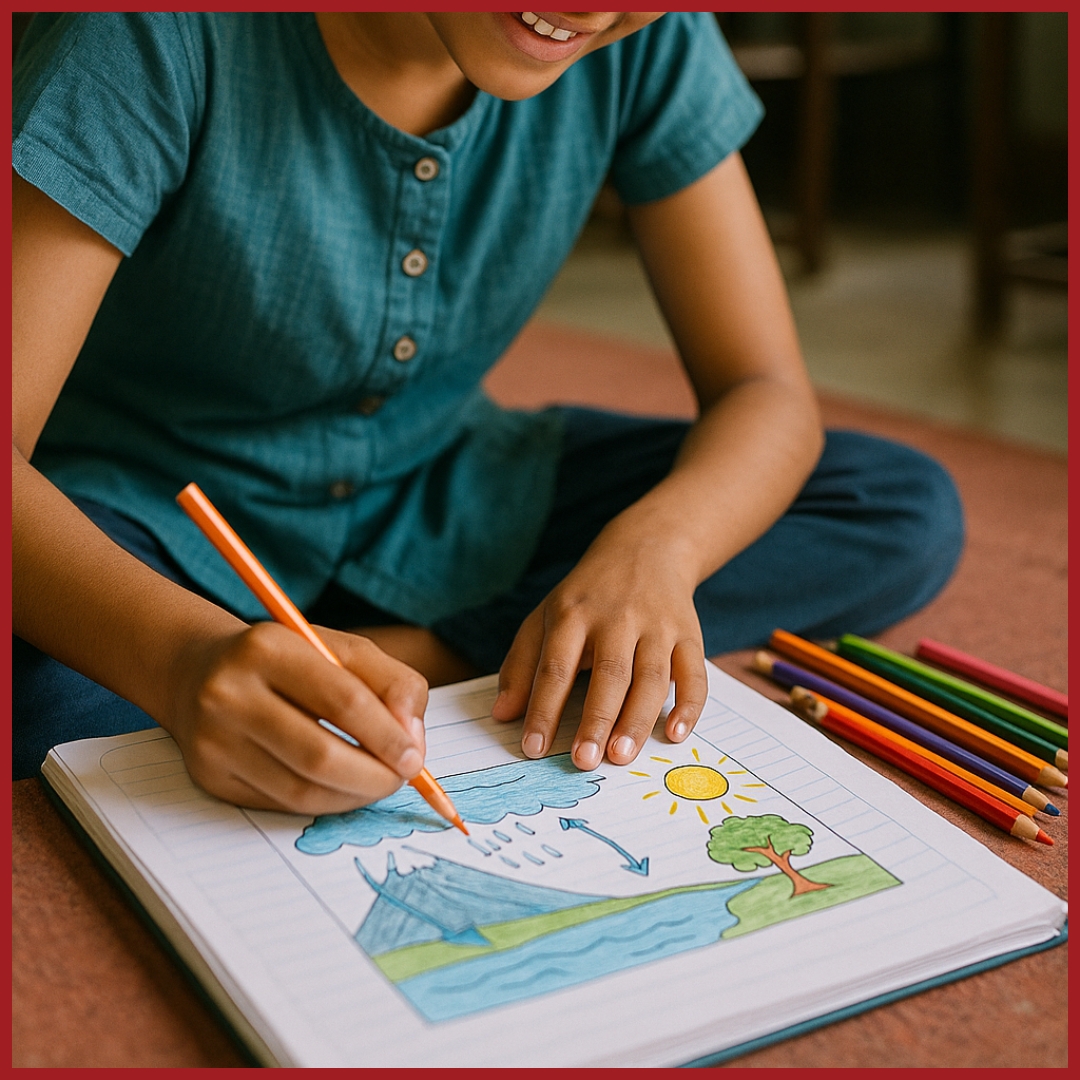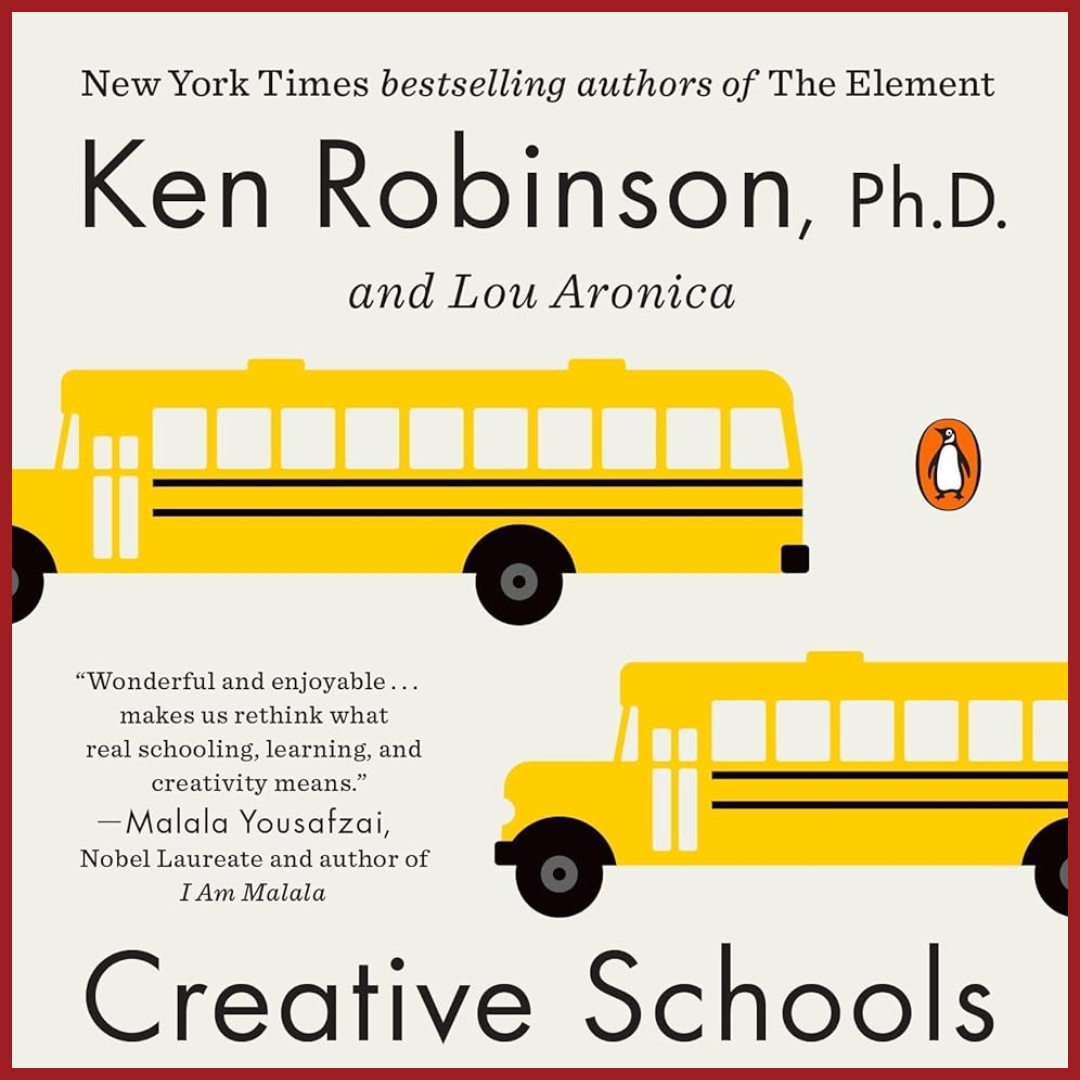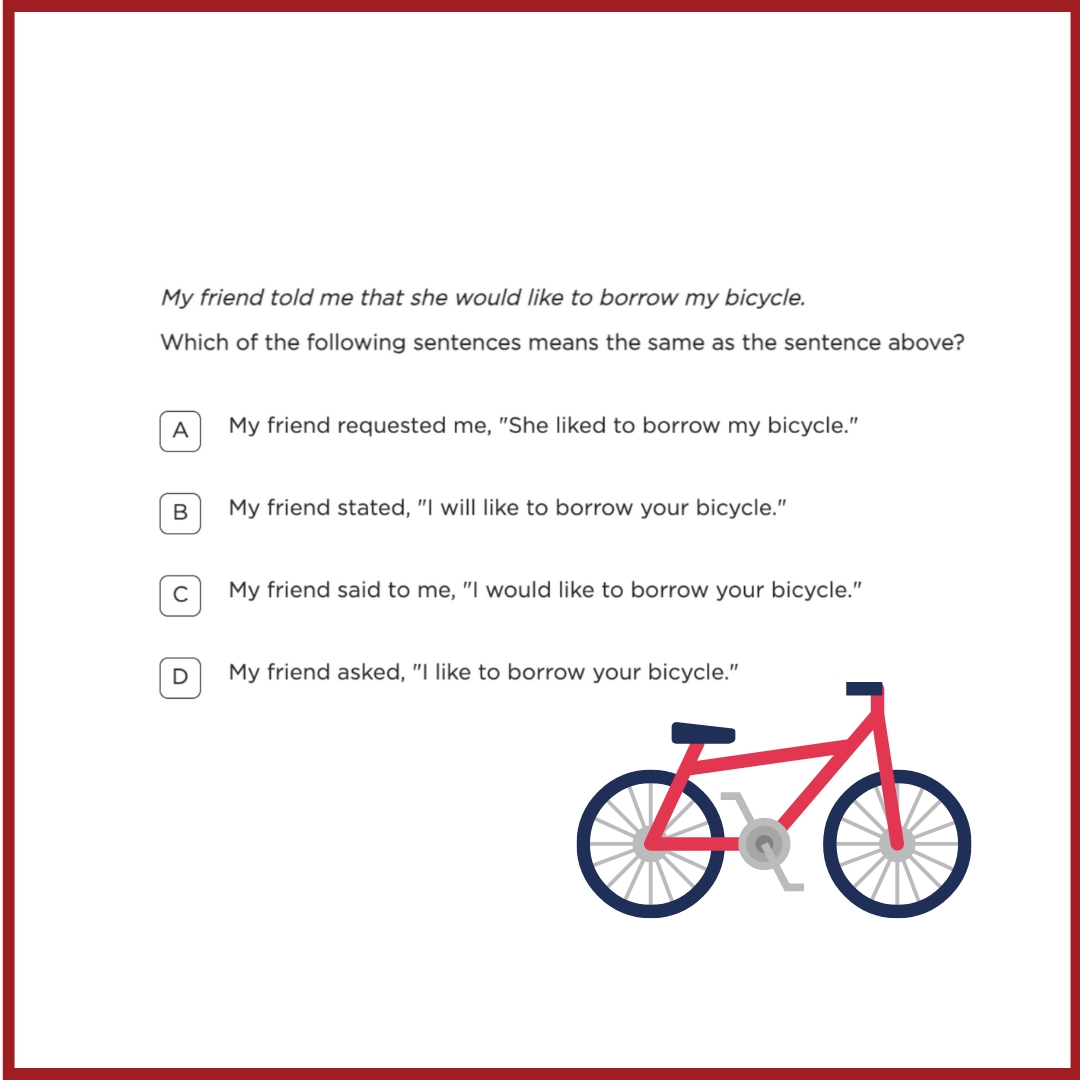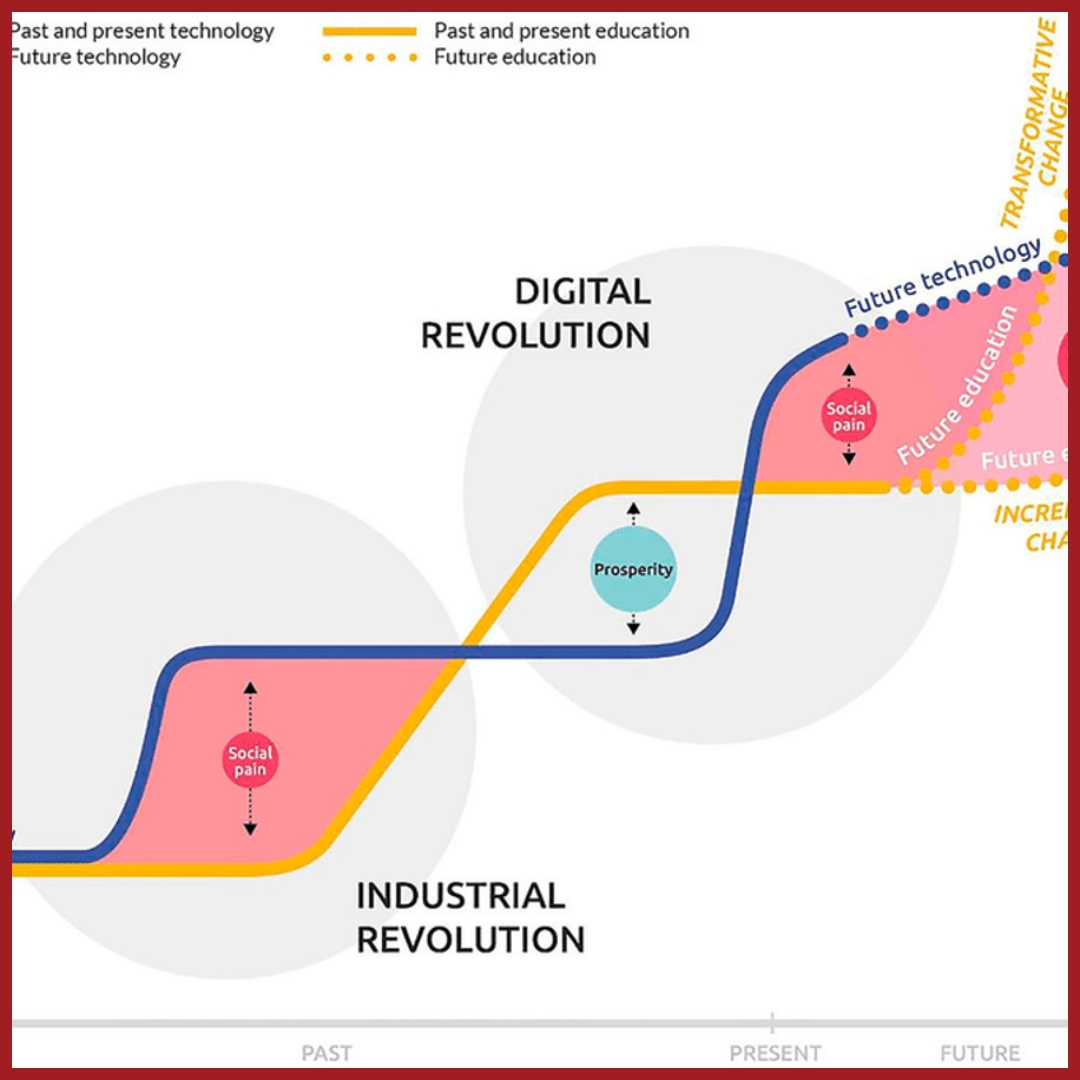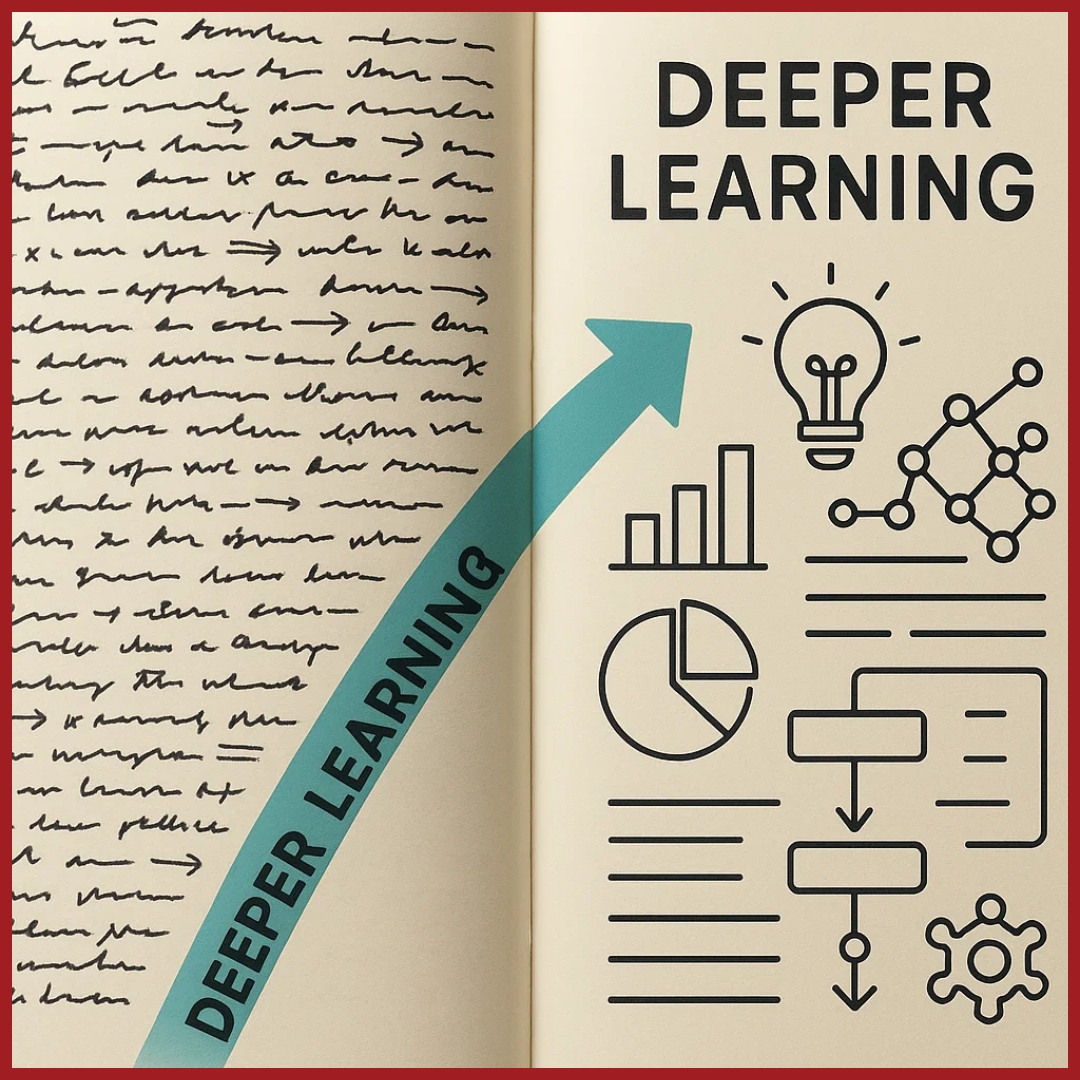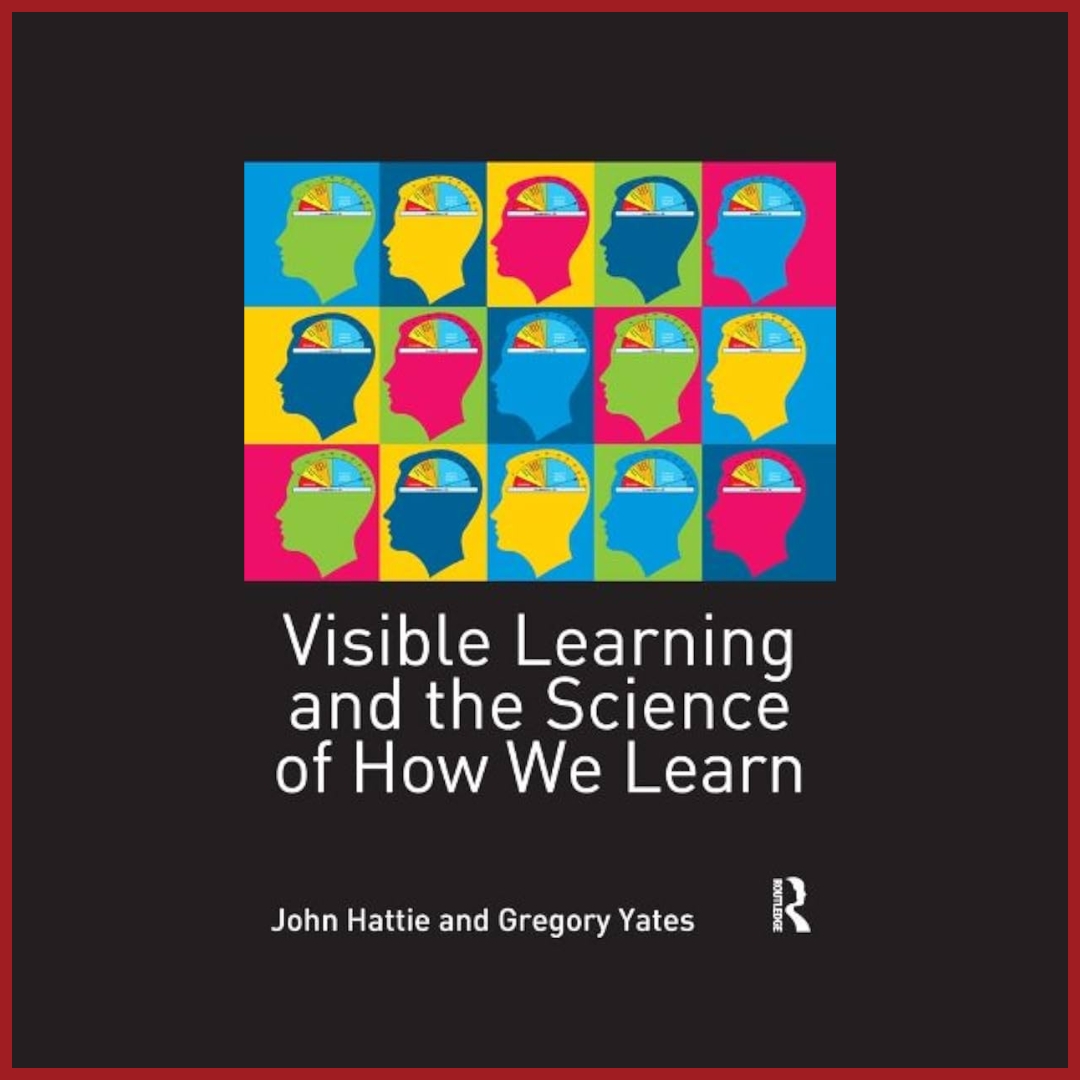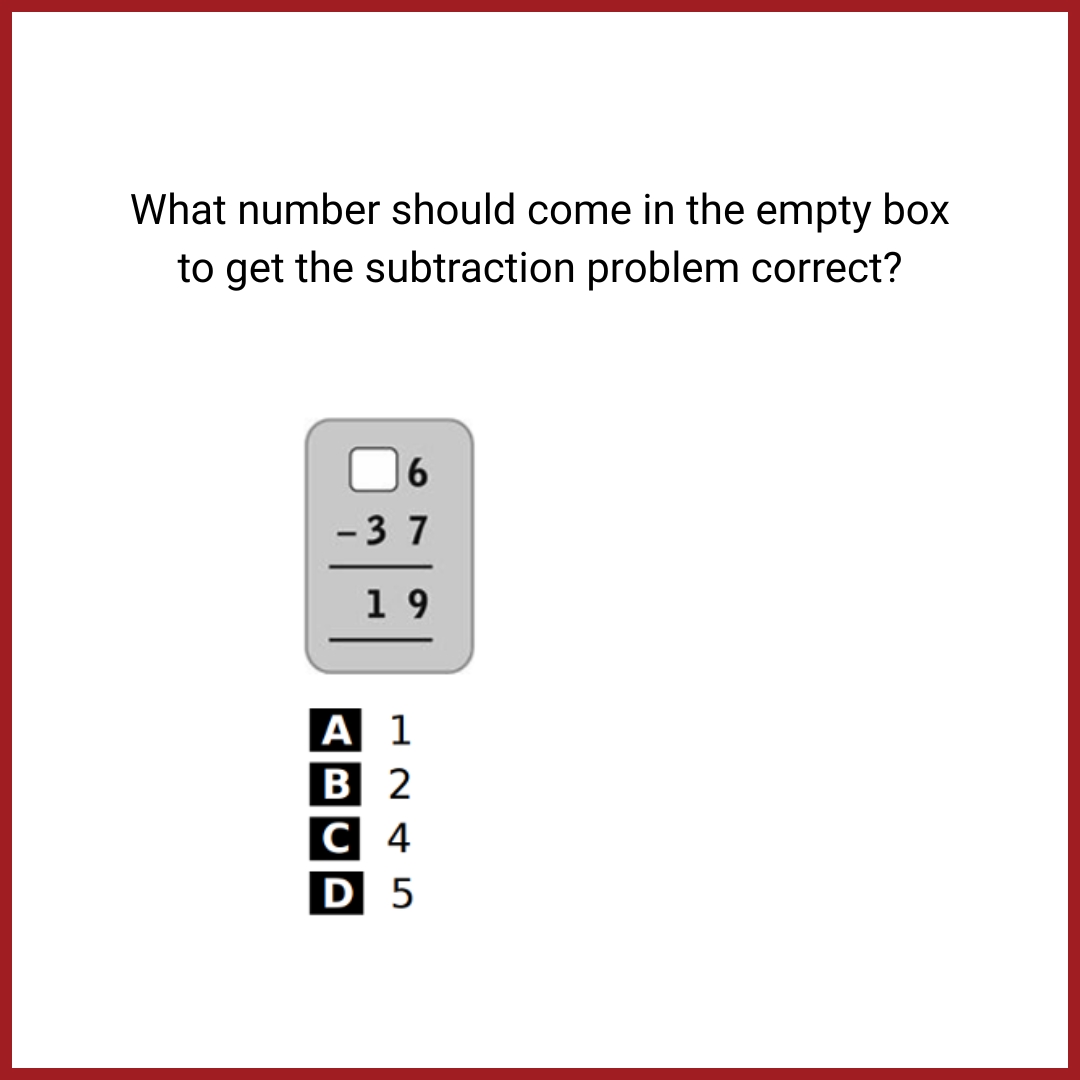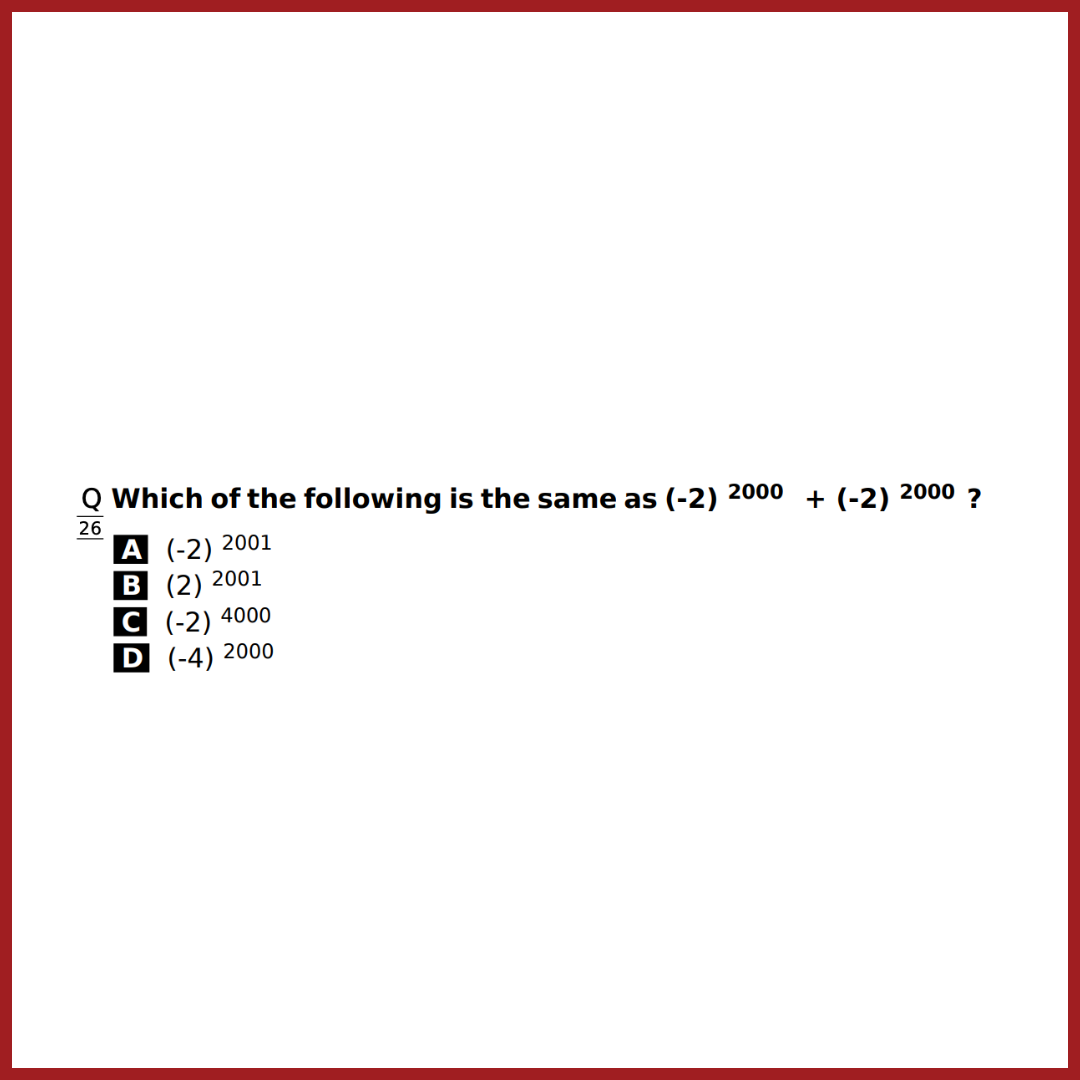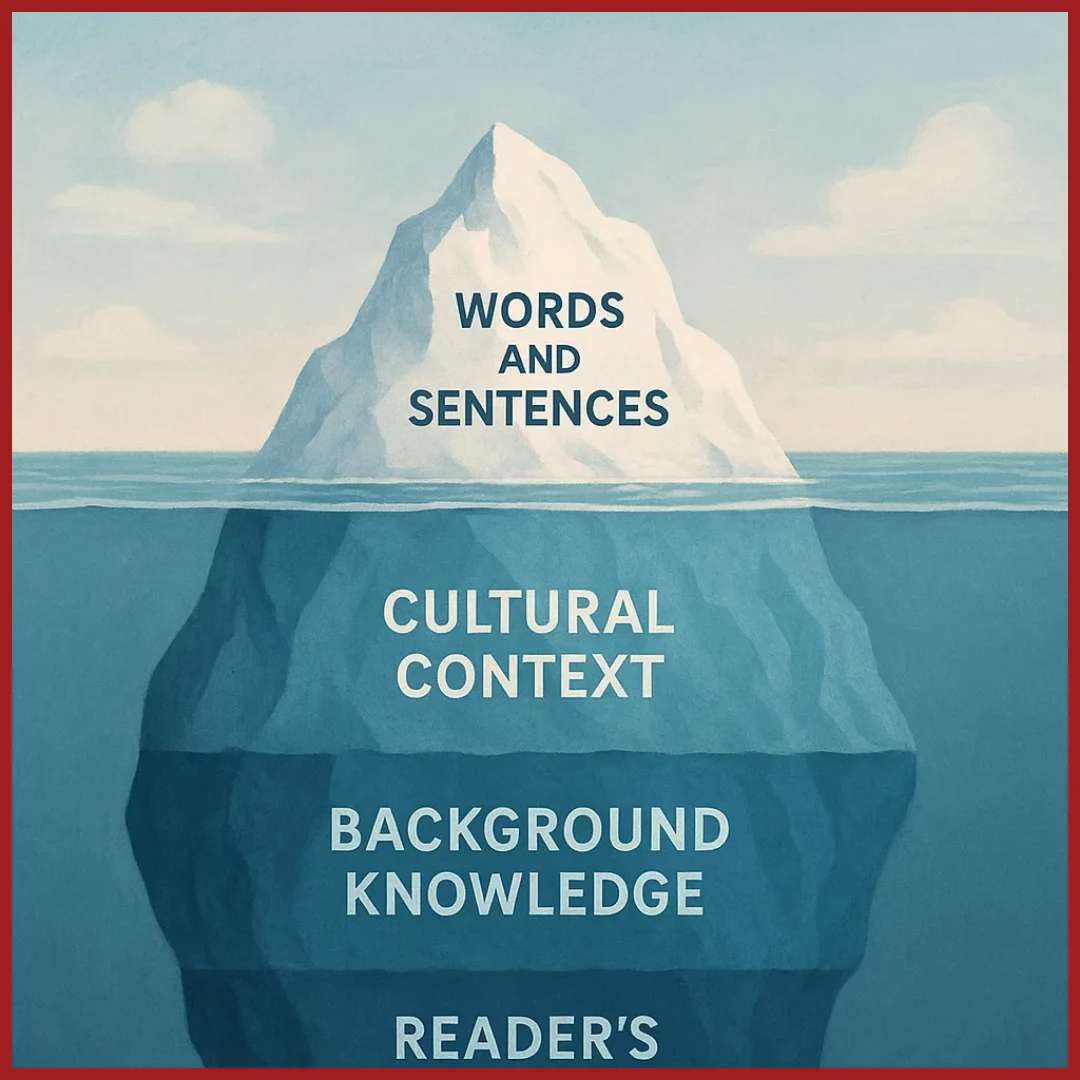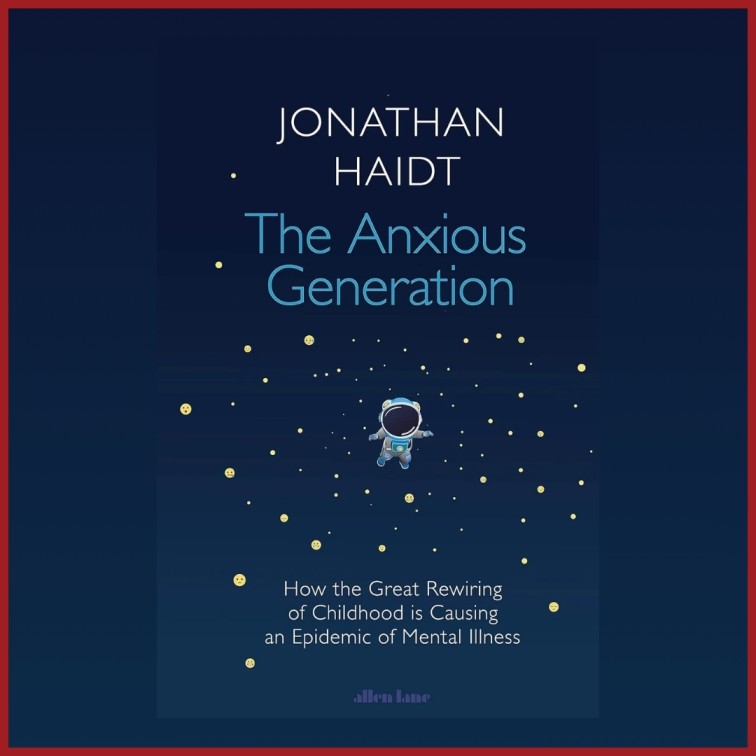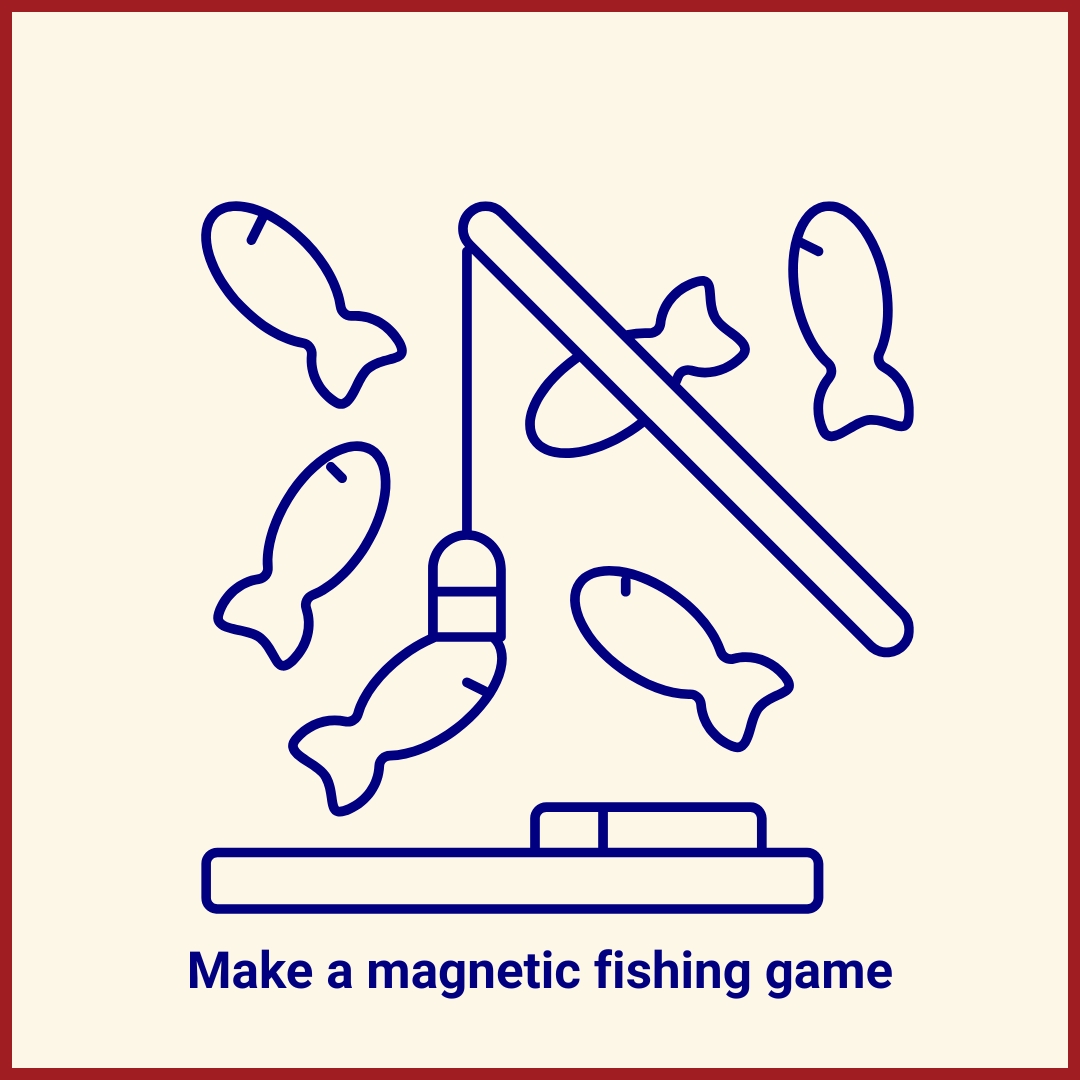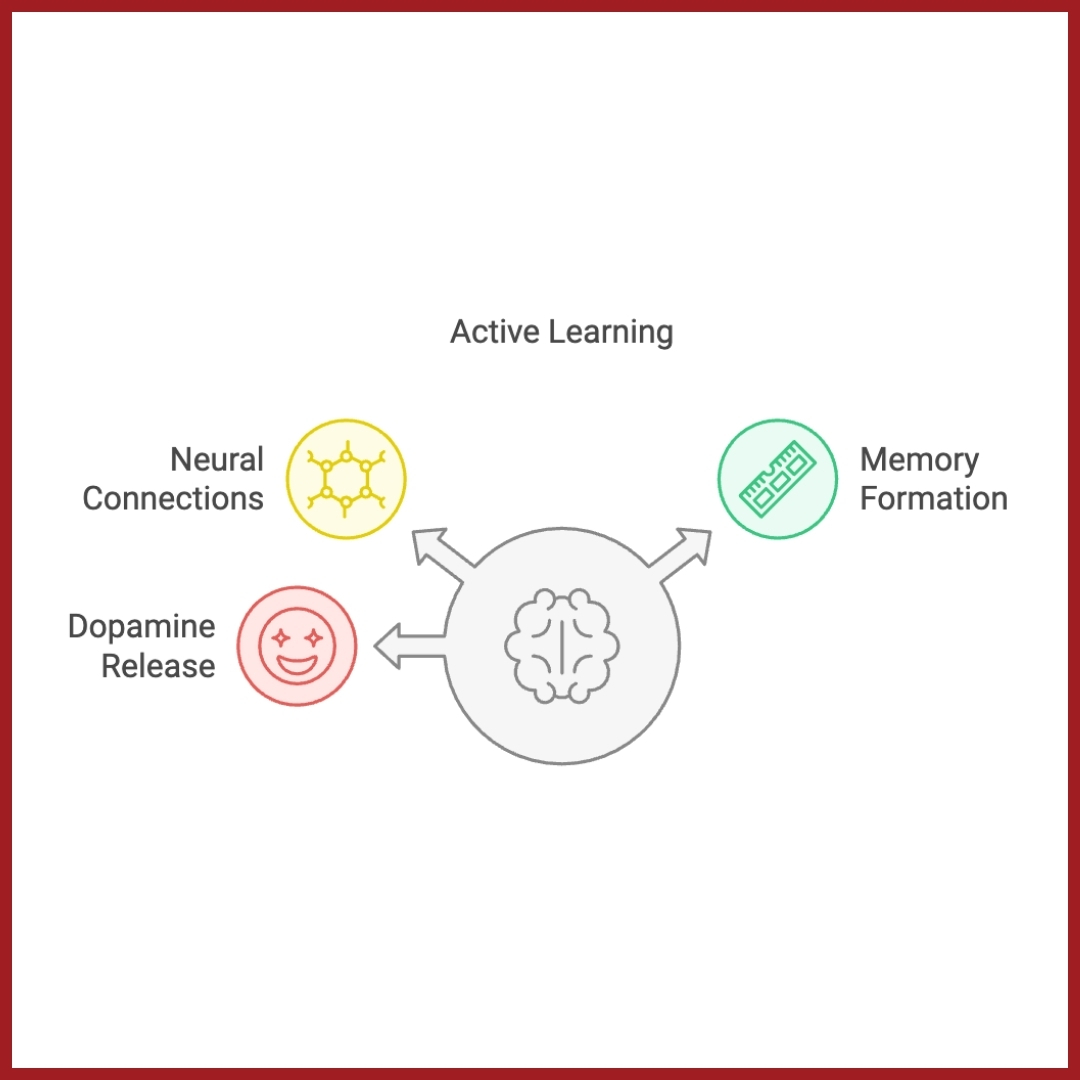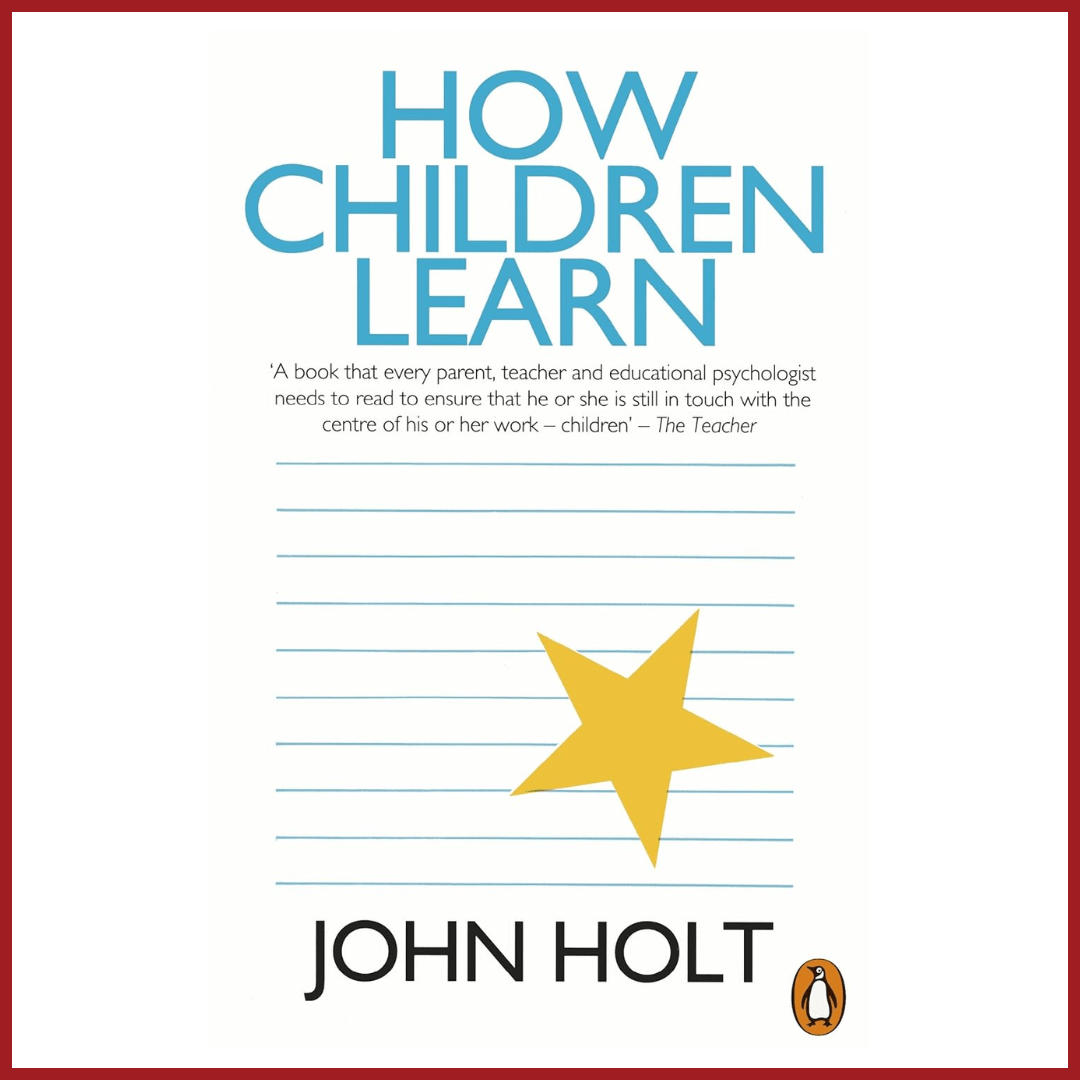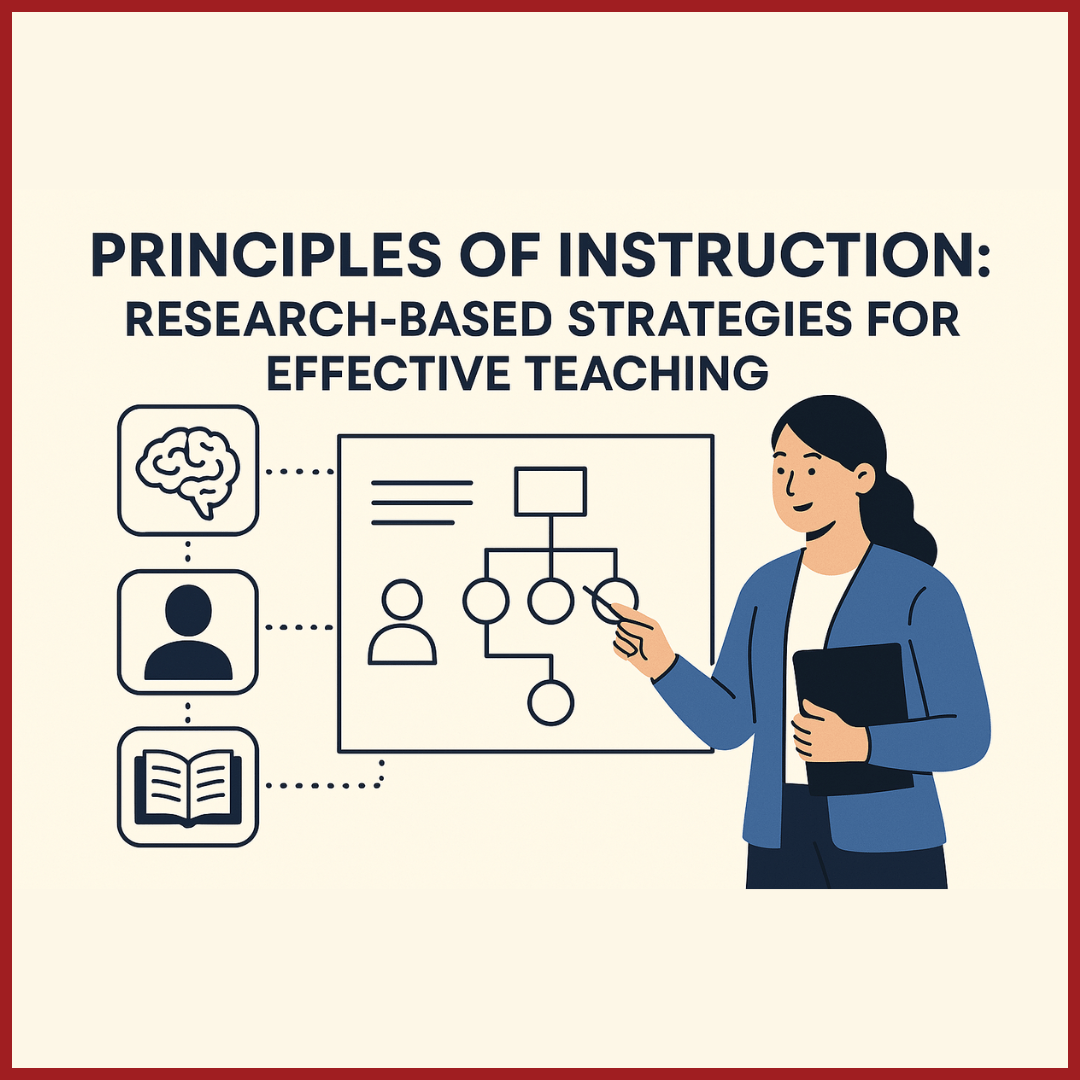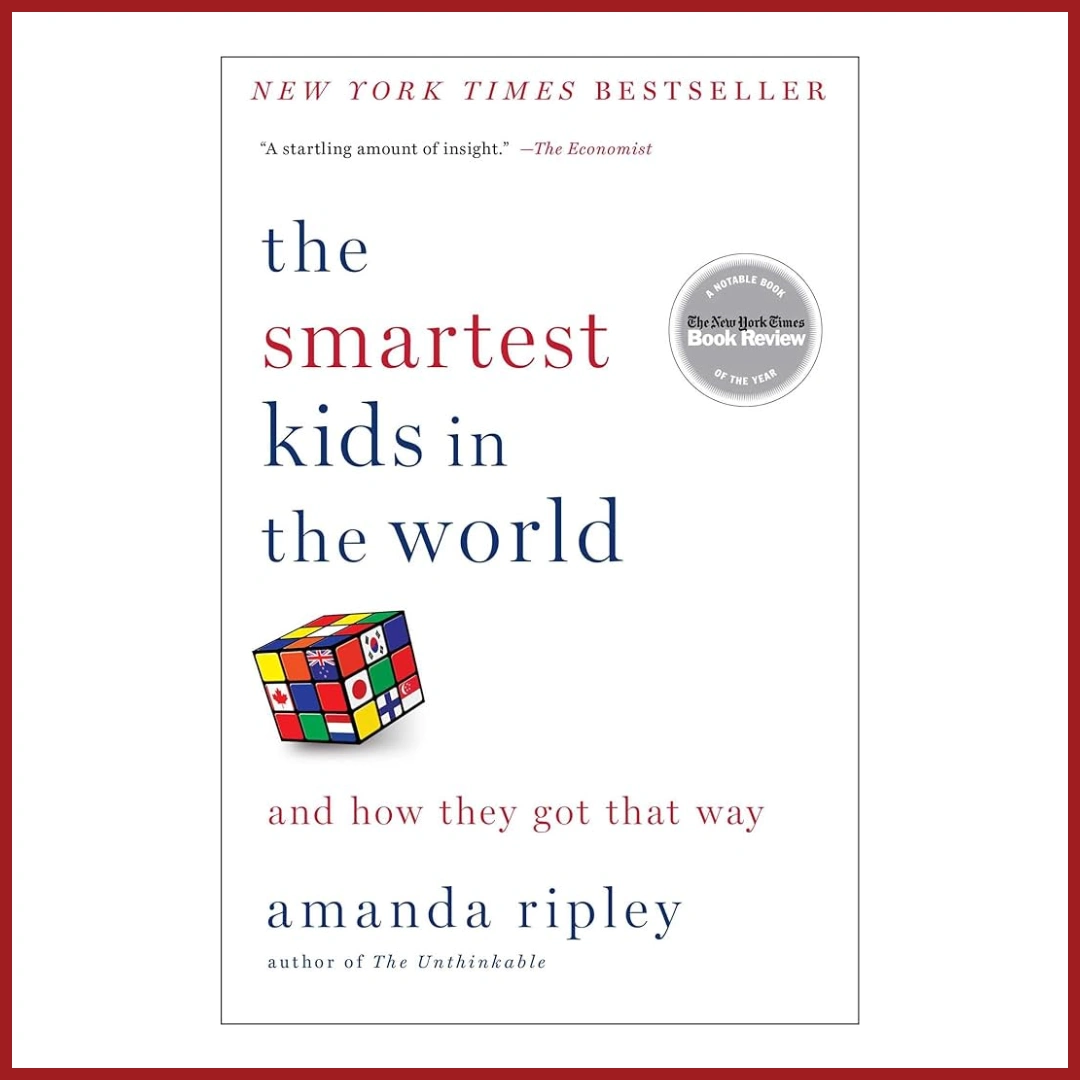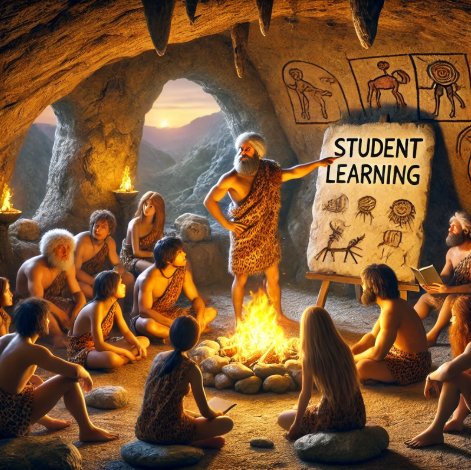Edition 10 | October 2025
Edu- Praxis
The articles in this section let you dive into fascinating educational
research and uncover its practical applications in the classroom.
About Drawing for Learning
Table of Contents:
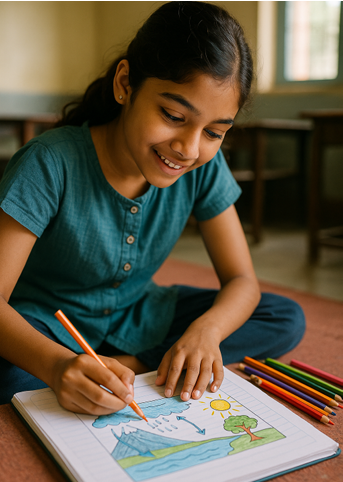
The Study
The Production Effect states that if students create something new with the material they are
learning from, it helps them to cement that content in their long-term memory. This has previously
been studied by having students produce a lesson for other students or reading out loud (which
‘produces’ sounds and words, instead of reading in silence).
But what about drawing pictures of what they were learning? Would this also count as an example of the Production Effect? Researchers from universities in Germany and America collaborated to find out. They compared students who simply read and copied with those who read and also drew pictures of it. They also tested to see whether drawing the picture themselves or having it given to them made a difference.
But what about drawing pictures of what they were learning? Would this also count as an example of the Production Effect? Researchers from universities in Germany and America collaborated to find out. They compared students who simply read and copied with those who read and also drew pictures of it. They also tested to see whether drawing the picture themselves or having it given to them made a difference.
The Main Findings
- Students who also drew pictures performed significantly better in the final tests. This was true for both their comprehension tests and when they had to replicate their drawings.
- Students who also drew pictures needed more learning time (as it took them longer to produce their diagrams). However, additional analysis showed that it was the act of drawing and not just the additional learning time that made them perform better.
- Students who also drew pictures reported putting more effort into their learning. This is likely to account for their improved performance
- Students who had to do their own drawing performed better in subsequent tests than those who had been given the diagram already finished.
Related Research
The impact that drawing has on learning has been studied and replicated numerous times over
the past 30 years. The researchers of this paper summarise these findings, explaining that “by
drawing, learners are no longer passive consumers of information and knowledge; they are
actively involved in the cognitive processes of selecting, organizing and integrating the
information to be learned. Thus, learner-generated drawing is a cognitive learning strategy that is
aimed to foster learning from the text, and if used adequately drawing can increase learning
outcomes”.
This is expanded upon later, when they summarised one of the seminal studies in this area by stating that there are three processes that aid this learning. “First, learners select the relevant key information from the text. Second, the selected key information is organized to build up an internal verbal representation of the text information. Third, learners construct an internal nonverbal (visual) representation of the text information and connect it with the verbal representation and with relevant prior knowledge”. Essentially, and in layman’s terms, it helps students select, organise and recall information, which helps cement it in their long-term knowledge
This is expanded upon later, when they summarised one of the seminal studies in this area by stating that there are three processes that aid this learning. “First, learners select the relevant key information from the text. Second, the selected key information is organized to build up an internal verbal representation of the text information. Third, learners construct an internal nonverbal (visual) representation of the text information and connect it with the verbal representation and with relevant prior knowledge”. Essentially, and in layman’s terms, it helps students select, organise and recall information, which helps cement it in their long-term knowledge
Classroom Implications
The researchers highlight how the students were given some prompts and structure on how to
create their drawings in this experiment. This suggests that doing so may provide enough of a
framework for students to work from but also enough autonomy for them to have to work hard at
generating the diagrams themselves. This would be something for teachers to bear in mind if they
are considering using this production effect for their students within their lessons.
Outside of lessons, this area of research could be useful for students when they are studying for a test. Mind-maps are often a very popular revision technique for students, but typically just contain words. This study suggests that incorporating pictures, drawings and diagrams may be an additional way to help them accelerate their learning.
Outside of lessons, this area of research could be useful for students when they are studying for a test. Mind-maps are often a very popular revision technique for students, but typically just contain words. This study suggests that incorporating pictures, drawings and diagrams may be an additional way to help them accelerate their learning.
Reference
Schmeck, A., Mayer, B., Opfermann, M., Pfeiffer, V., & Leutner, D. (2014). Drawing pictures during learning from science text: Testing the generative drawing effect and the prognostic drawing effect. Contemporary Educational Psychology, 39(4), 275-286.
Enjoyed the read? Spread the word
Interested in being featured in our newsletter?
Write to us here.

